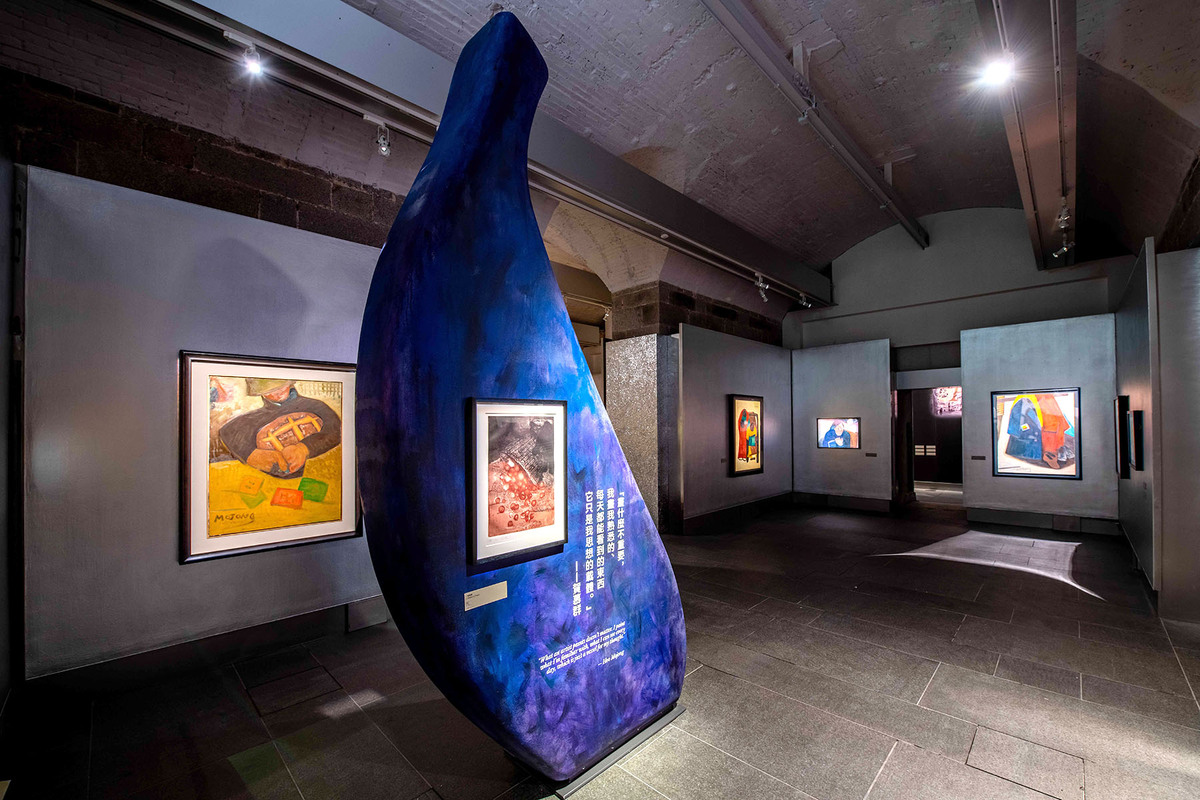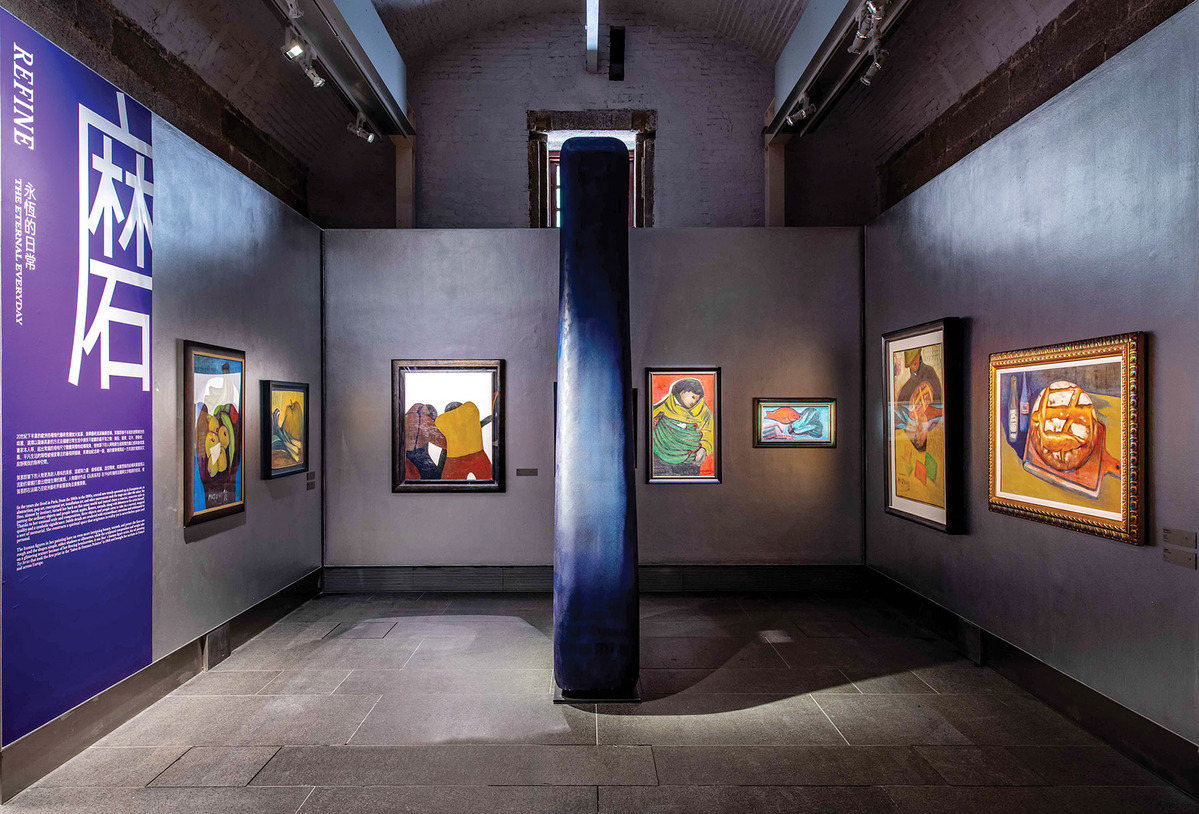A maverick among peers


Independent spirit
Born in Ningbo in 1924, Hoo was nearly three decades Pan's junior. Yet the two were friends, moving in the same art circles in '70s Paris. "Pan was a kind of mentor, and she had advised Hoo: 'If you want to be a professional artist in Paris, you are choosing a very difficult way,'" says Wang, going on to explain that "Hoo was not part of a popular movement," and unlike Pan's her work did not fit the "exotic, Eastern woman" stereotype.
Meanwhile, Lalan's canvases have an "intricate, female, poetic kind of style", which is at odds with Hoo's defiant self-image. "Hoo's is a much stronger personality than Lalan's," Wang says. "In her paintings, you can really feel the power of life itself."
Yet Hoo's relative obscurity may have as much to do with her personality, stubbornly shunning self-promotion. Wang says that while "Pan was extremely sociable, Hoo was very quiet — she won't share her story, her family and her love affairs — and I think this is one of the biggest reasons Pan is so much better known."
While Hoo was notoriously private, it is known that she did not have a happy marriage. In the '40s, she was forced to flee Shanghai for Taiwan because of her husband's political views, and yet after giving birth to two children, the couple separated. There might be a reference to her isolation in Two Coats, showing the items of clothing left behind by their owners in a hallway. In an apparent self-portrait, called Contemplating, a mournful figure, lit by a solitary light bulb, clutches a volume bearing the name "Mojong", suggesting a figure locked in a loop of introspection. "Her life was really tough, so what you see on the canvas is her life," Wang says.






































